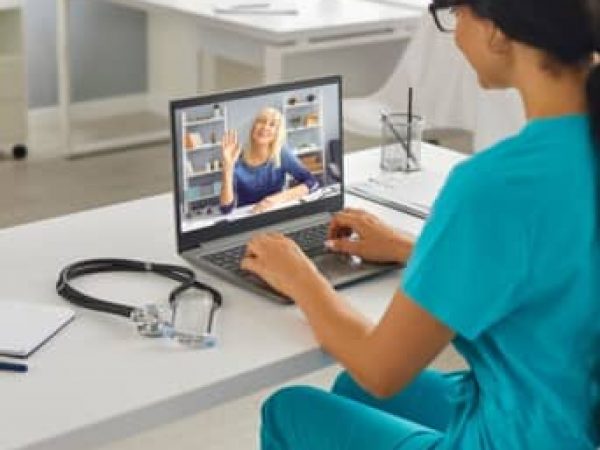
Telehealth has revolutionized healthcare by making it easier for patients to access services from the comfort of their homes. One of the most impactful uses of telehealth is in follow-up appointments. These visits help healthcare providers monitor patients’ progress, adjust treatments, and answer questions, all while minimizing in-person visits.
Telehealth follow-up appointments surged during the COVID-19 pandemic. Healthcare providers turned to remote solutions to continue safe patient care without compromising quality. This shift allowed patients to experience the convenience of virtual follow-up care firsthand.
Even as in-person healthcare options return, the demand for telehealth remains high. Patients and providers now recognize the benefits and efficiencies of virtual follow-up visits. This trend continues to grow, shaping the future of post-treatment care.
Telehealth follow-ups typically involve a virtual video call between a healthcare provider and a patient. Providers review symptoms, discuss test results, and adjust medications as needed. This process allows patients to receive quality care and guidance without physically going to a clinic.
Some follow-up appointments may also include reviewing data from wearable devices, such as heart rate monitors. These tools help providers track vital signs and assess progress remotely.
Regular follow-up appointments play a critical role in medication adherence and lifestyle changes. Telehealth makes it easier for patients to attend these follow-ups without logistical challenges.
With telehealth, reminders and follow-up scheduling are automated, helping patients stay on track with their treatment. Providers can also quickly identify potential non-adherence issues and address them promptly.
While telehealth follow-ups offer many benefits, they also come with challenges. One main concern is the digital divide, which affects patients without reliable internet access. Bridging this gap is essential to making telehealth follow-ups accessible to all.
Data privacy is another important issue. Providers must use secure telehealth platforms that protect patient information and comply with privacy laws.
Providers also need training to ensure they offer quality care through telehealth. Effective virtual care requires a different skill set than traditional, in-person visits.
Advanced technology enhances the quality and convenience of telehealth follow-up appointments. For example, wearable devices allow patients to share real-time health data with their providers. These devices track heart rate, blood pressure, and other vital signs, providing valuable insights.
Artificial intelligence (AI) also enhances telehealth follow-ups. AI tools analyze data to detect patterns and predict potential health issues, allowing for proactive care. AI-powered chatbots can answer basic questions and provide support, improving patient experience.
Mobile apps are another vital tool in telehealth follow-ups. These apps allow patients to manage appointments, view medical records, and receive medication reminders, all from their smartphones.
Many patients report positive experiences with telehealth follow-ups. For example, a diabetic patient may find it easier to attend regular check-ins through telehealth, leading to better blood sugar management.
Telehealth follow-ups have also improved mental health care access. Patients with anxiety or depression can attend therapy sessions without leaving home, reducing missed appointments.
In post-surgical care, telehealth follow-ups have lowered complication rates. Patients recover better at home, with providers monitoring progress remotely and addressing issues as they arise.
The future of telehealth follow-ups is promising, with technology continuing to improve remote care quality. Wearable devices, mobile health apps, and AI-driven insights will further personalize telehealth follow-up care.
As telehealth services expand, healthcare providers will likely offer more comprehensive virtual follow-up care options. Patients can expect even greater convenience, accuracy, and responsiveness from telehealth in the coming years.
Virtual group sessions may also emerge as a popular telehealth option, particularly for chronic disease management. Group telehealth sessions allow patients to connect with others facing similar health challenges, fostering support and community.
Telehealth follow-up appointments offer a lasting solution for accessible, patient-centered healthcare. By making follow-up care convenient and reducing barriers, telehealth is transforming healthcare delivery.
As telehealth technology and accessibility improve, follow-up appointments will continue to play a critical role in patient outcomes. This new era of healthcare prioritizes convenience, efficiency, and quality, ensuring that more patients receive the care they need. Contact BlueStar today to learn more about how to make BlueStar’s patient monitoring solutions part of your healthcare strategy.